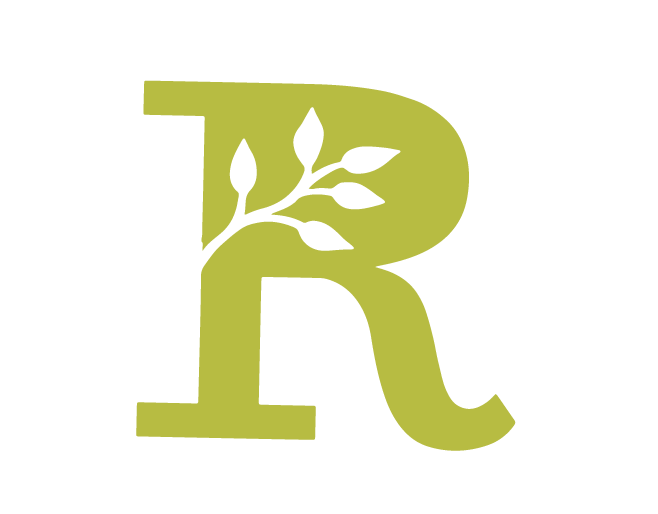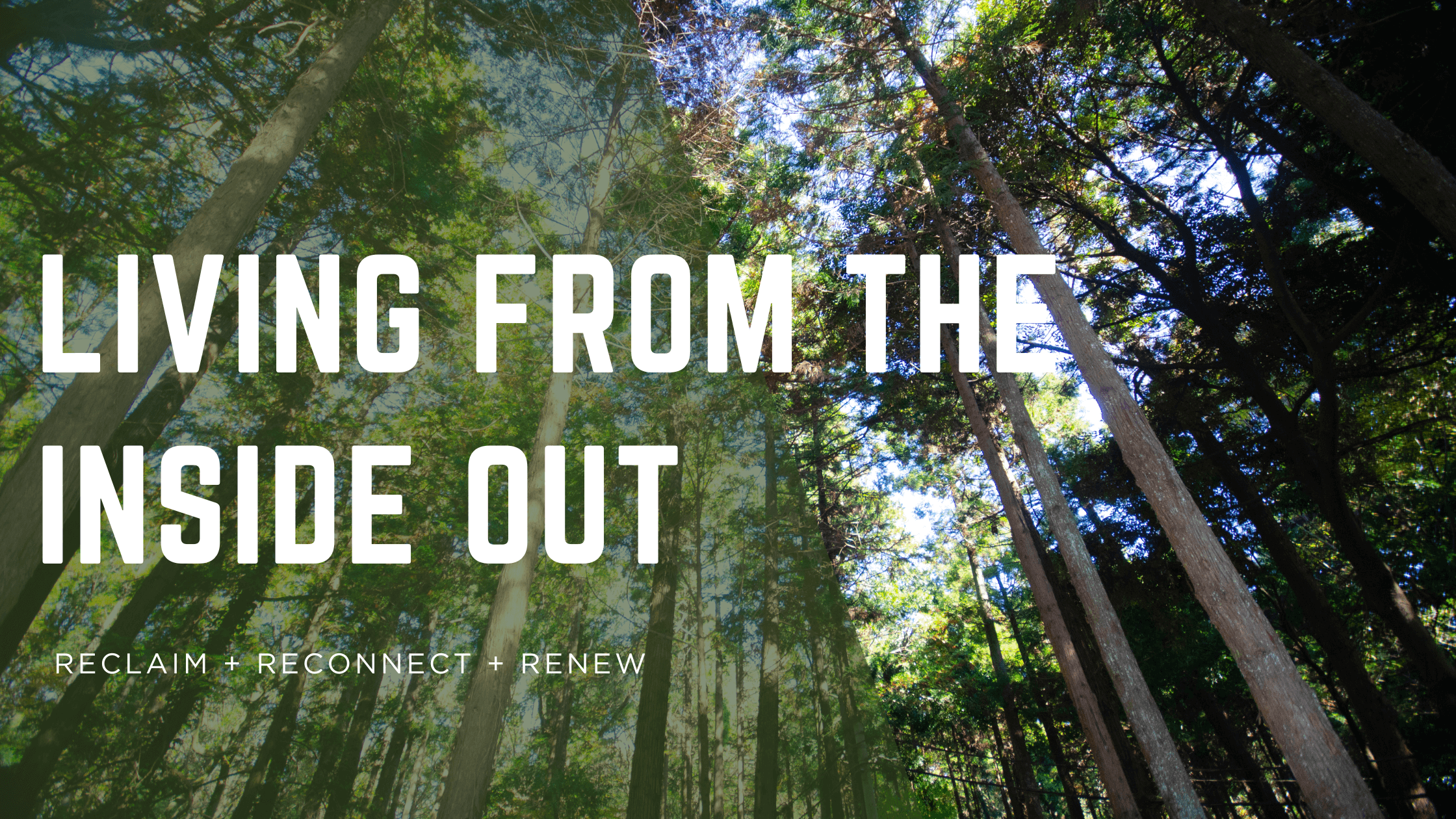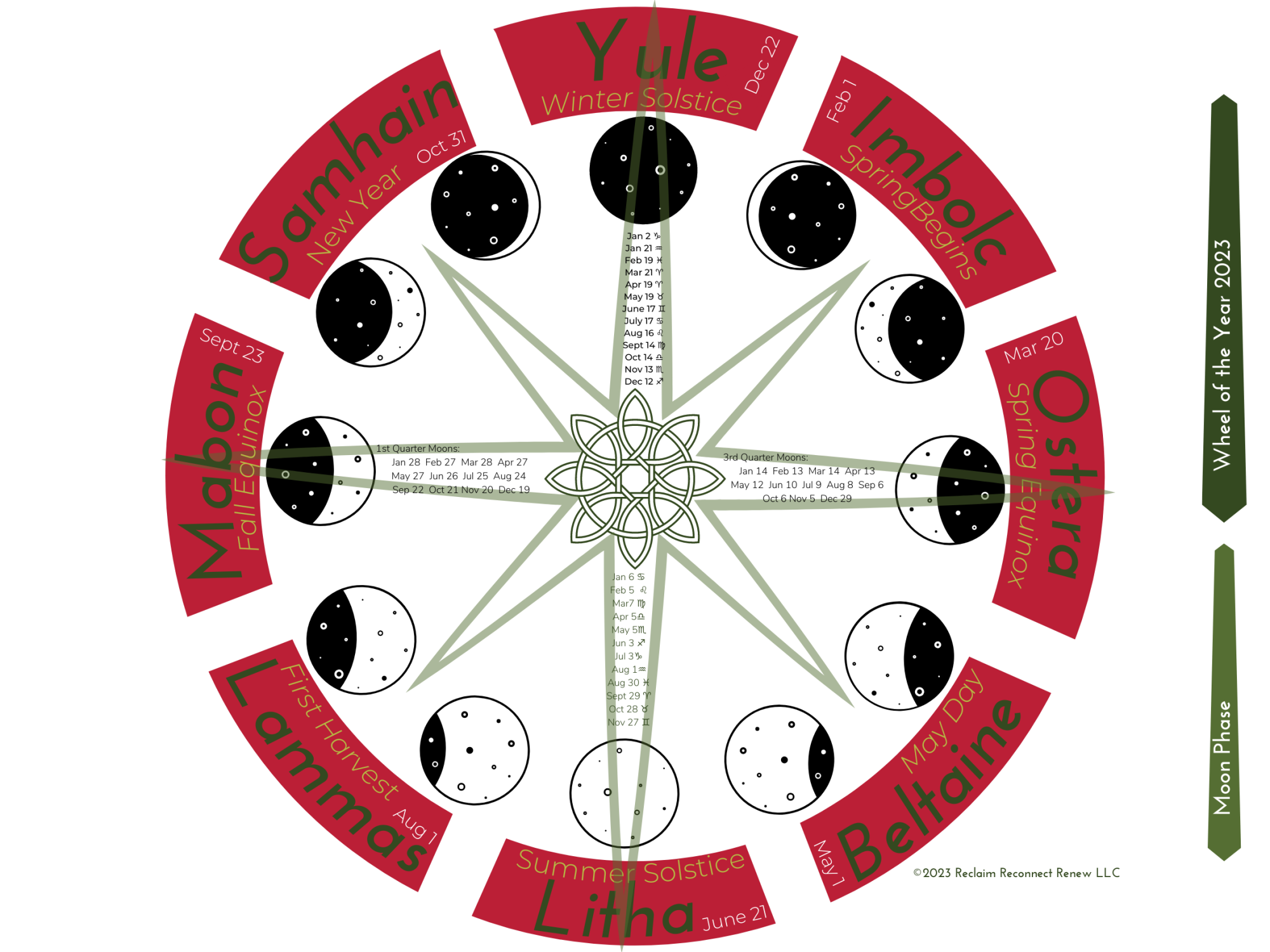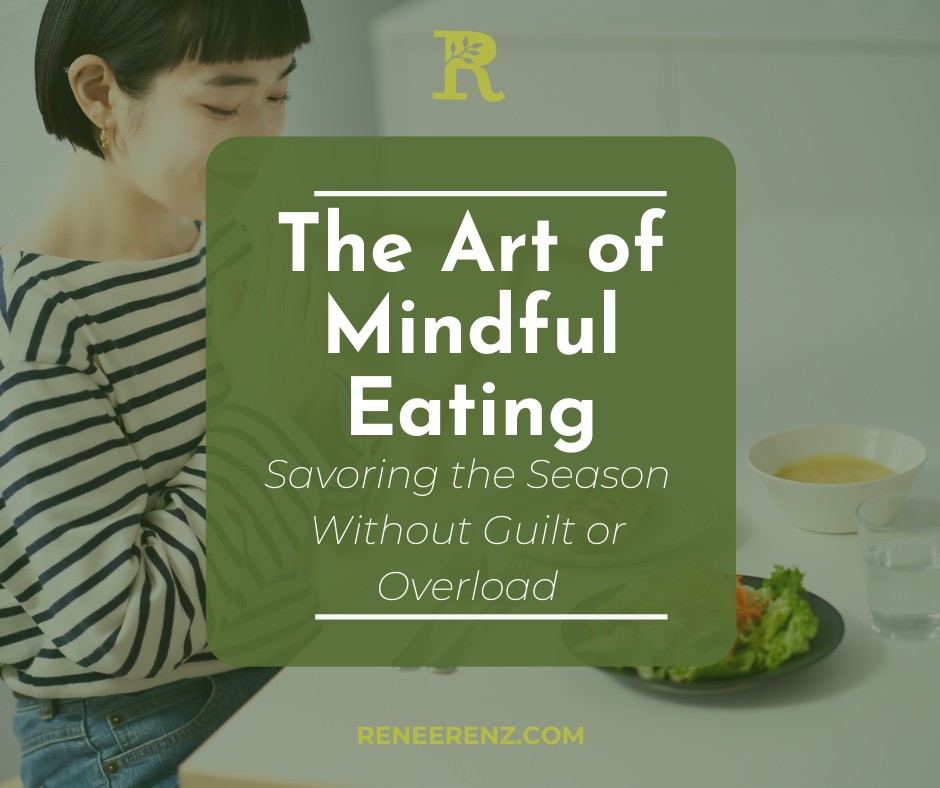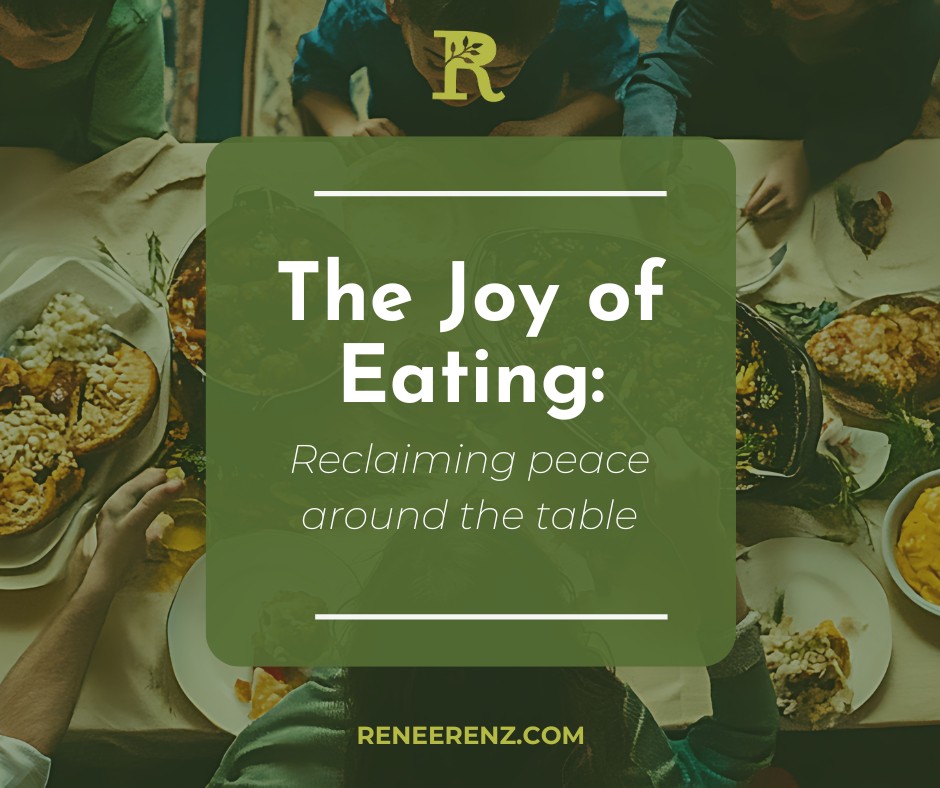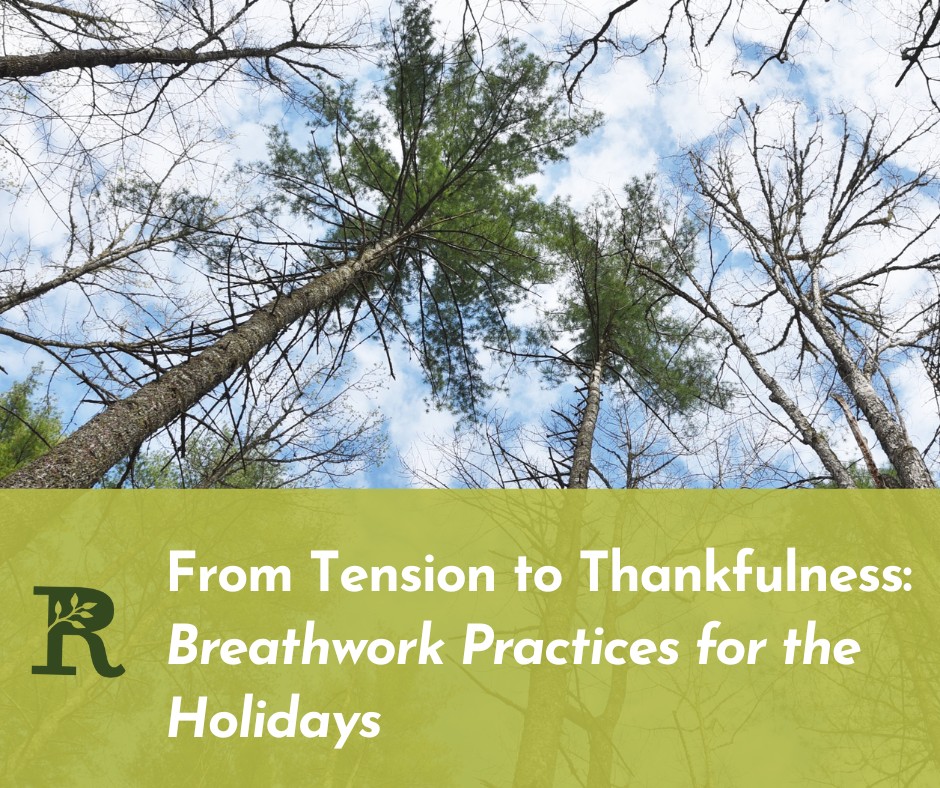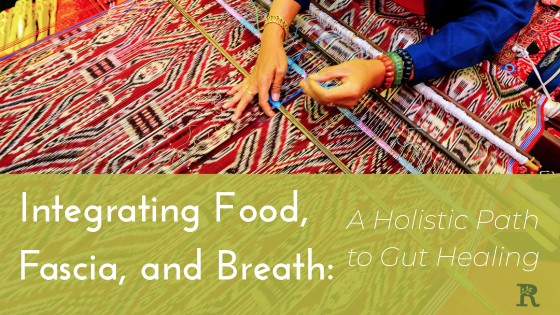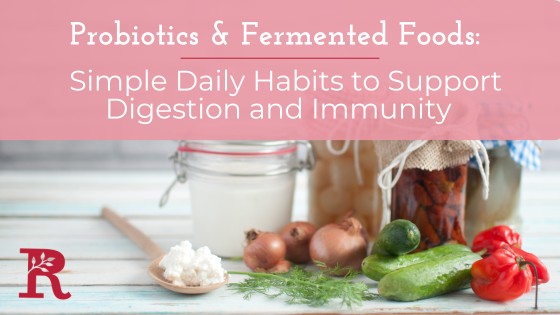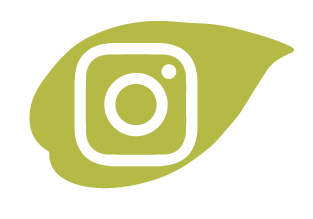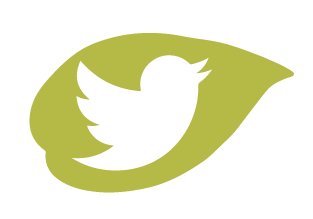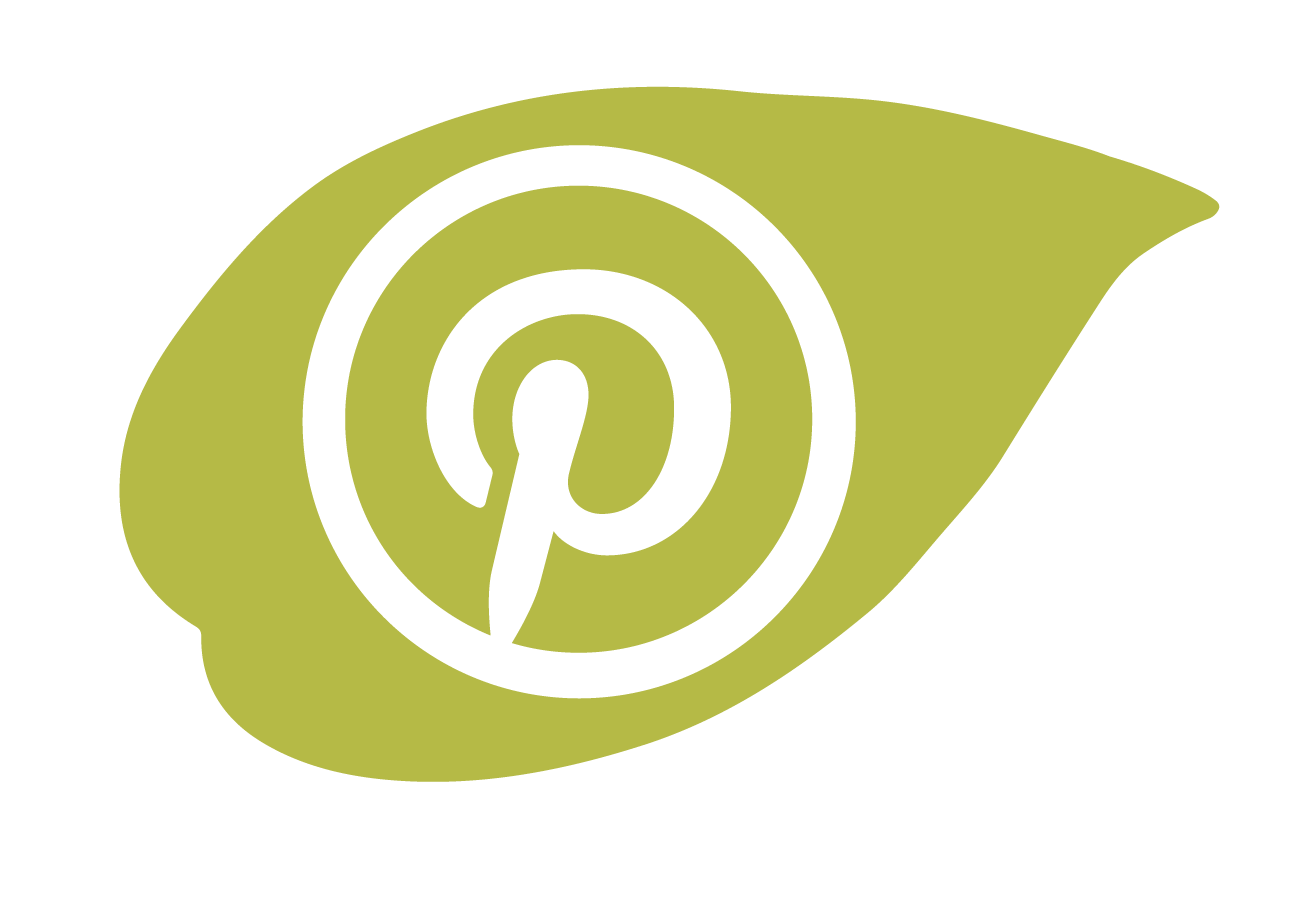
Here is a question I best most of you have never pondered…
What is your most intimate skin care product?
Keep in mind, our skin absorbs much that comes into contact. Test this out by having someone rub a clove a garlic on the bottom of your foot. See how long it takes until you taste that garlic in your mouth?
So what has the most contact with our skin for the longest amount of time?
The answer….
Your laundry detergent.
Surprised?
Think about it.
Most of the day you are in your clothing which is in contact with your skin. At night no matter what you wear to bed, your sheets are touching you all night long. Short of the time we are in the shower, we are in contact with our laundry detergent almost all day long.
When you purchase your laundry detergent did you take this concept into account?
Or do you simple purchase something inexpensive for which you have a coupon?
Perhaps now you might see why the organic, environmentally safe detergents may be something to bring into your home.
Did you ever wonder why they make special laundry detergents just for babies?
If your everyday laundry detergent isn’t safe for a baby, perhaps it isn’t safe for you.
I did an interesting experiment a few years ago with laundry detergents. I had three 8-ounce glass jars which I filled with water and put into each ½ tsp of Tide, Bio clean and Norwex UPP powders. I shook them up to see how much solid matter was left behind with each. Often cheap brand of detergents contains fillers whose sole job is to take up space and beat your clothing clean. It also breaks down your fabrics reducing the life of your garments. This was an eye-opening experiment.
But wait there’s more.
I left these jars sit for at least a year. Honestly I had saved them for show and tell and then they were forgotten in a corner. When I went to empty the jars another story was told. The jar with the Tide had a cloudy film covering the inside. This film was stubborn and would not be removed with scrubbing, but took many long soaks with vinegar and more to finally be removed.
Think about it, this detergent is not only beating your wash with filler, but coating it in a film. What is in this film? This film is then in constant contact with your flesh. Many of these films hold synthetic fragrances. This is evidenced by those individuals whose detergent scents leap out and greet you before they do. Go in a public place, they are there. Sadly, often it is friends and family members too. If you cannot think of an individual whose detergent greets you, it just may be you.
Want to find a synthetic free laundry detergent which won’t beat your wash, offend your neighbors and is safe for your skin and that of a baby?
You may find ratings and more at the environmental working group www.ewg.org or you may try my favorite: Young Living Thieves Laundry Soap
When asked what does it smell like? my answer – it doesn’t. It simply leaves your clothing clean and the only material in contact with your flesh is the material on the label of the garment. (now what that material is, is another issue)
The small things we do regularly truly do make a difference over time. Think about your small actions.
What laundry detergent are you using? Let alone fabric softeners or dryer sheets? (again an issue for another time, but neither of these are necessary and both are simply adding a coating to your fabrics and machines)

How are your choices affecting you and your family?
Do they support or harm your well-being?
Perhaps making a change in your laundry detergent can be a small step towards your best health.
Love what you read here? Get my weekly tips
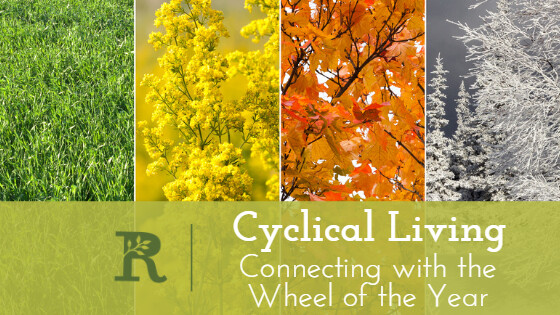
I wrote a note to myself in the front of my yearly planner
When in doubt….Head into nature
For it is in nature where I feel the most grounded, connected, in body.
Earth is truly our mother, and she holds us however we are—no judgment, just as we are. We are a part of nature, not her controller but a small cog in the wheel. The wheel being the cycles: day/night, spring/summer/autumn/winter, new moon/full moon, existence/life/death/rebirth, tidal ebb and flow, inbreath/outbreath and so on.
Cycles and circles abound—just look at sacred geometry. These geometric patterns exist all around us, creating the fundamental structure and templates of life in the universe. The circle, which is never-ending, represents the cycles of life, the eternal constant, cycles of change, unity, perfection, inclusivity, boundaries. The circle may then be replicated to create other shapes such as the seed of life or the flower of life.
Sacred Geometry is often referred to as the “architecture of the universe”, it is found throughout the natural world. It is all around us and is one of the very few subjects that satisfy both the left brain and right brain hemispheres simultaneously. It satisfies the left brain's desire for logical, sequential and objective data. It also satisfies the right brain's desire for random, intuitive and subjective data. -Pardesco.com



Living Within Nature’s Cycles
Ancient peoples honored nature and lived within her cycles. Many cultures utilize either the Wheel of the Year or the Medicine Wheel.
The Wheel of the Year honors the Solstices and the Equinoxes on the vertical and horizontal axis and then there are the cross-quarter days of celebration with different names in different cultures. Each of these have held a ceremony or festival commonly known as:
- Winter Solstice (Yule)
- Imbolc (Candlemas)
- Spring Equinox (Ostara)
- Beltane (May Eve)
- Summer Solstice (Litha)
- Lughnasadh (Lammas)
- Autumn Equinox (Mabon)
- Samhain (Halloween)
Each of these festivals are linked to a specific phase or cycle of the sun or the moon. Many of these have now become set dates on the calendar no longer tied to the cycles, such as Christmas and Halloween. Thus, they have been disconnected from the lunar flow and the greater world around us.
The Medicine wheel embodies the Four Directions, as well as Father Sky, Mother Earth, and Spirit Tree—all of which symbolize dimensions of health and the cycles of life. It signifies all the knowledge of the universe and is divided into four colors representing the four directions as well as other aspects or cycles such as:
- Stages of life: birth, youth, adult (or elder), death
- Seasons of the year: spring, summer, winter, fall
- Aspects of life: spiritual, emotional, intellectual, physical
- Elements of nature: fire, air, water, and earth
The medicine wheel is used for the purposes of prayer, meditation, and deepening our understanding of our relationships to the timeless aspects of creation. Acknowledging that we are more than just a body, but also mind, spirit, and emotions opens us up to greater understanding, connection, and healing for ourselves and our environment.
Our language connected us to the cycles. Fortnight used to be a commonly used word meaning fourteen days or two weeks, which is the timeframe between full and new moons or quarter and third quarter moons.
A way of tracking time simply by looking up into the sky.
A way of cyclical living.
Linear and Cyclical Calendars
As man moved away from being a part of nature to claiming dominion over her linear living - linear thinking became the norm. Some will link this to the invention and common use of electricity as described in Clark Stand’s Waking Up to the Dark. The ability to have light at any time broke our deep connection to the light of the sun and the moon shifting between day and night and the seasons.
We now commonly live by the Gregorian calendar, which makes the month and day of the week most vital as opposed to the season and the moon cycle. This creates more of a linear mindset. Linear thinking tends to be dualistic:
Right – wrong
Black – white
Life – death
A linear life fits upon a timeline with a one-way flow like a checklist moving through
- birth - childhood – schooling – work life – family – children – retirement – death
As a society, we create the “ideal” flow of life and then judge ourselves on our placement on that line.
What makes this one timeline right or better-than?
How many individuals truly follow the socially accepted timeline flow?
How much do we judge ourselves when we do or do not meet the check marks on that timeline?
Use of the linear calendar moves the festivals from the wheel of the year to holiday dates on the calendar, losing their connection to the cycles of the sun and moon. I feel this loses some of the intent behind the ceremony/celebration and disconnects us from our environment.
Linear living implies that things are one-and-done. Is this true?
Life is not guaranteed to flow in one direction, but it will cycle. While you might be starting a new job, you may also be releasing a relationship and be in the middle of a creative project. Thus, various parts of life are taking place at different points in the cycle or flow.
We’re inherently cyclical beings, our energy shifts, and our wants and needs are always going to change — if they weren’t changing, you’d be static, stagnant, dead! – HeatherAsh Amara
All things in nature and aspects of living come around again.
- A tree births new leaves in the spring to drop them in the autumn and begin again after winter.
- Each day the sun rises and then sets in the evening to repeat over and over.
- The moon cycles monthly (every 29.5 days): New Moon, Waxing Crescent, First Quarter, Waxing Gibbous, Full Moon, Waning Gibbous, Third Quarter and Waning Crescent.
- The healing process seems to move through one phase, then another one rears its head.
- We think we have learned a life lesson and then another experience brings it into our awareness yet again.
This is not to say that either linear or cyclical living is better than the other but to make an acknowledgement that both exist, as we need to learn to navigate both in our current world.
Humans have a complicated relationship with time. Our modern lives are almost ridiculously structured by linear time and its precise measurement. However, our human ancestors, and some of our relatives today, live by a different understanding of time, one that it is cyclical, circadian, and rhythmic. There may be wisdom in that. -The Perspective
Do you have a linear or cyclical view of time?
To keep meetings and dates with others, we rely upon the calendar and the clock. We create budgets and spreadsheets and action lists in order to complete projects and communicate with others. And these structures are guidelines, not cast in stone, but a snapshot of a time or idea. Therefore, our creativity is needed to move through time and adapt the images of those measures to what is currently happening.
Moving between the two ways of time requires an unwinding from our judge-victim, black-white linear thinking back into the heart of courageous, cyclical creativity. When we acknowledge that most of life cycles—we cannot simply tick the box and be done but instead know that this to shall return with the next cycle or flow—we may then open our hearts and our inner artist and learn to move with the flow. We may become open to gratitude and forgiveness as well as our place in the greater cosmos.
While I personally utilize a planner with the months and weeks of the year within, I created a cyclical calendar of the year in order to track time in relation to the seasons of the sun and the moon. I printed and laminated this and can use dry-erase markers to add my intents for each season and I use the hands to track the moon cycles and the current season on the outer edge keeping the cycle within view regularly.
Would you like a PDF file for your own cyclical calendar? Request here
Noticing your life flow through the rhythms and cycles of the sun and moon can open you up in new ways.
Are you feeling in the flow of life?
Or are you caught in an eddy and finding even the simplest activities challenging?
Traditions have linked each cycle of the moon to the best time for performing certain activities. This is exemplified in a variety of publications such as the Farmers’ Almanac or the Moon Sign Book. In general, a new moon is a time to plant seeds and set intentions. The full moon is a time to release and forgive.
I have also come across an artist who paints a free form landscape and then looks back at where the moon was during the creative cycle noticing whether she was open and free flowing or more structured and detail oriented. Women’s bodies have a natural link to the cycles with their “moon cycle” or monthly flow.
Embracing Your Cycles
While we need the linear time to interact in today’s world with others, would you consider adapting a cyclical frame within your daily living?
By embracing concepts from the medicine wheel of our four aspects of life—mind, spirit, emotion, and physicality—opens us up to more levels of healing and well-being. We are more than a body. Working with all of ourselves and embracing the movement through the cycles creates a new level of being within ourselves which ripples out to our environment.
We may become curious about new ways to bring cyclical living into focus in our everyday patterns. I invite you to explore more of my blog posts and contact me if you’re interested in learning more about the kinds of tools that have been transformative for me in my journey of attuning to cyclical living in my life.
Love what you read here? Get my weekly tips
